Find out about Things that Happen When You Stop Using a Moss Pole on Monstera —here’s what to expect when support is gone.
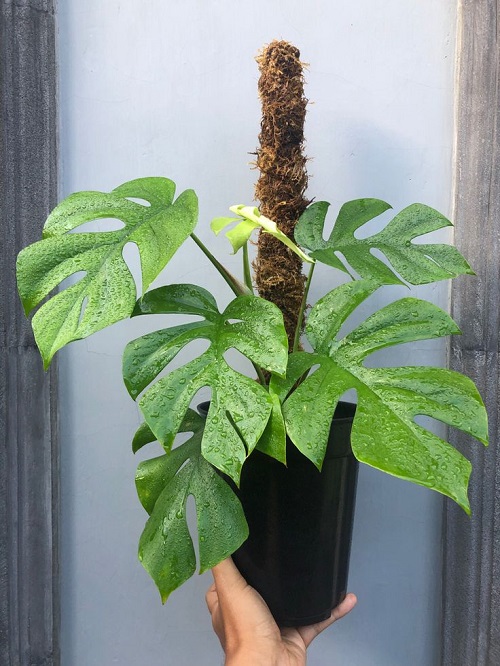
The big, split leaves of the Monstera make them a perfect fit for indoor aesthetics. Their climbing nature adds a vibrant hue to any dull place in your home. Using a moss totem for Monstera is a common practice, as it helps the plant grow upright and maintain a neat appearance. So, before pulling out their support, know what will happen to your Monstera. Here, we have listed all the possible scenarios that could occur with your Monstera.
Things that Happen When You Stop Using a Moss Pole on Monstera
1. Drooping and Leaning Habit

Without a spine, you can’t stand or sit straight. Similarly, Monstera also starts to lean, droop, or trail over the edges of the pot when the moss pole is removed. The plant will be alright, but it will not climb, and thus take up more space, and the big leaves will make the area messy.
2. Weaker Stems
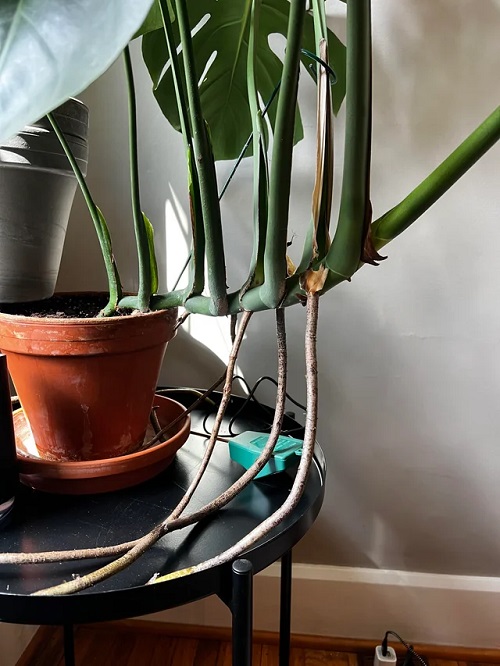
Monstera has large, heavy leaves, and without the support stick, the stems will bend, weaken, and may break over time if not handled carefully.
3. Top-Heavy Leaves
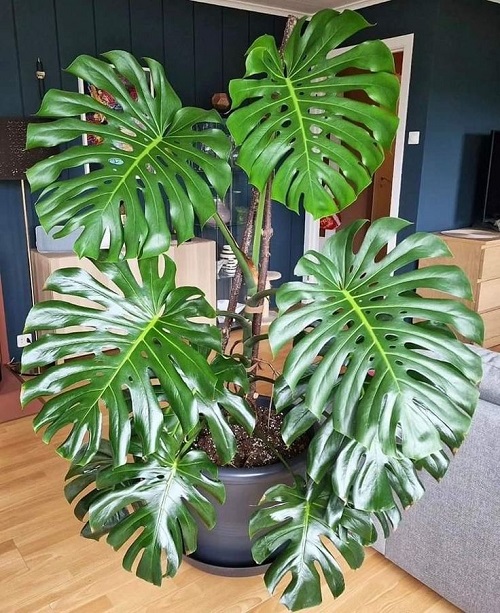
The large Monstera plant, which is approximately 6 meters tall, has heavy stems and large leaves. The stems, especially without support, may not be able to handle the weight, resulting in them breaking or snapping. If you prefer not to use it, you can opt for an alternative form of support, such as stakes or wall trellises.
4. Dried and Messy Roots
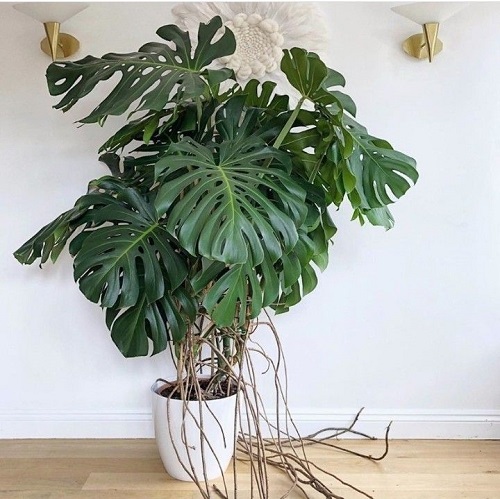
The long, stringy aerial roots of Monstera climb up and help the plant grow taller. Without support, the dried-out roots will dangle all over the surface and look untidy. You will need to take care of the roots by trimming or tucking them back into the plant in intervals, so the surroundings look clean.
5. Vine Resemblance
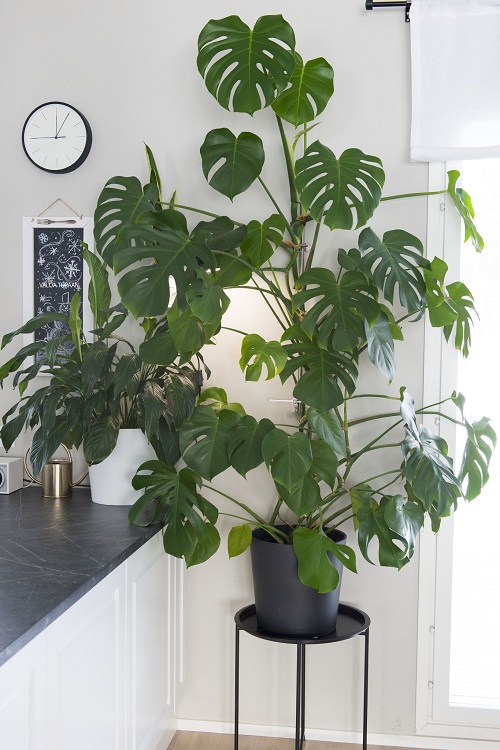
Want this big-leafed plant trailing over your wall, or do you want a wild forest feel at your home? Then you can remove the moss stick and let it trail like a vine. This will look attractive in hanging baskets or on a shelf where the stems can drape.
6. Water with care

The aerial roots of Monstera rely on the moss pole for moisture, and without it, they depend on soil for water. So, when watering, check the soil more often and ensure the plant isn’t too dry, especially if the aerial roots are no longer helping with moisture.
7. Pruning in Intervals
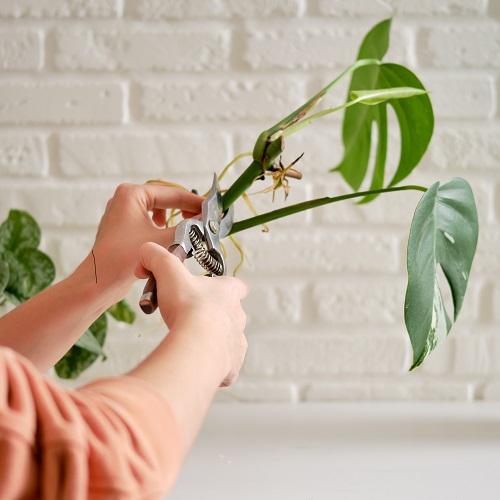
Without support, you need to be the guide for Monstera and help them grow into the desired shape. For that, you need to prune the plant in intervals and maintain its shape by stopping it from becoming too big or unruly.
Tip- For pruning, always sterilize your pruning shears by rubbing 70 % alcohol before using them, as it might lead to infection of the plant.
8. Sideways Growth
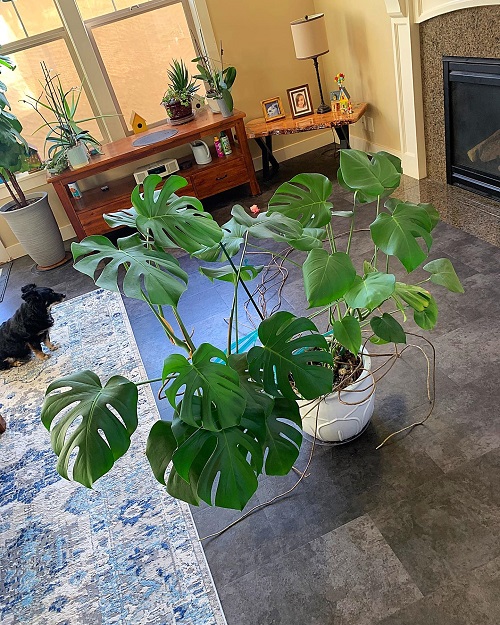
Monstera plants will crawl all over your floor or shelf, taking up more space without support because they are too heavy. You may like the sideways growth of them as it gives a wild and bushy look, but it’s not practical for smaller homes.







